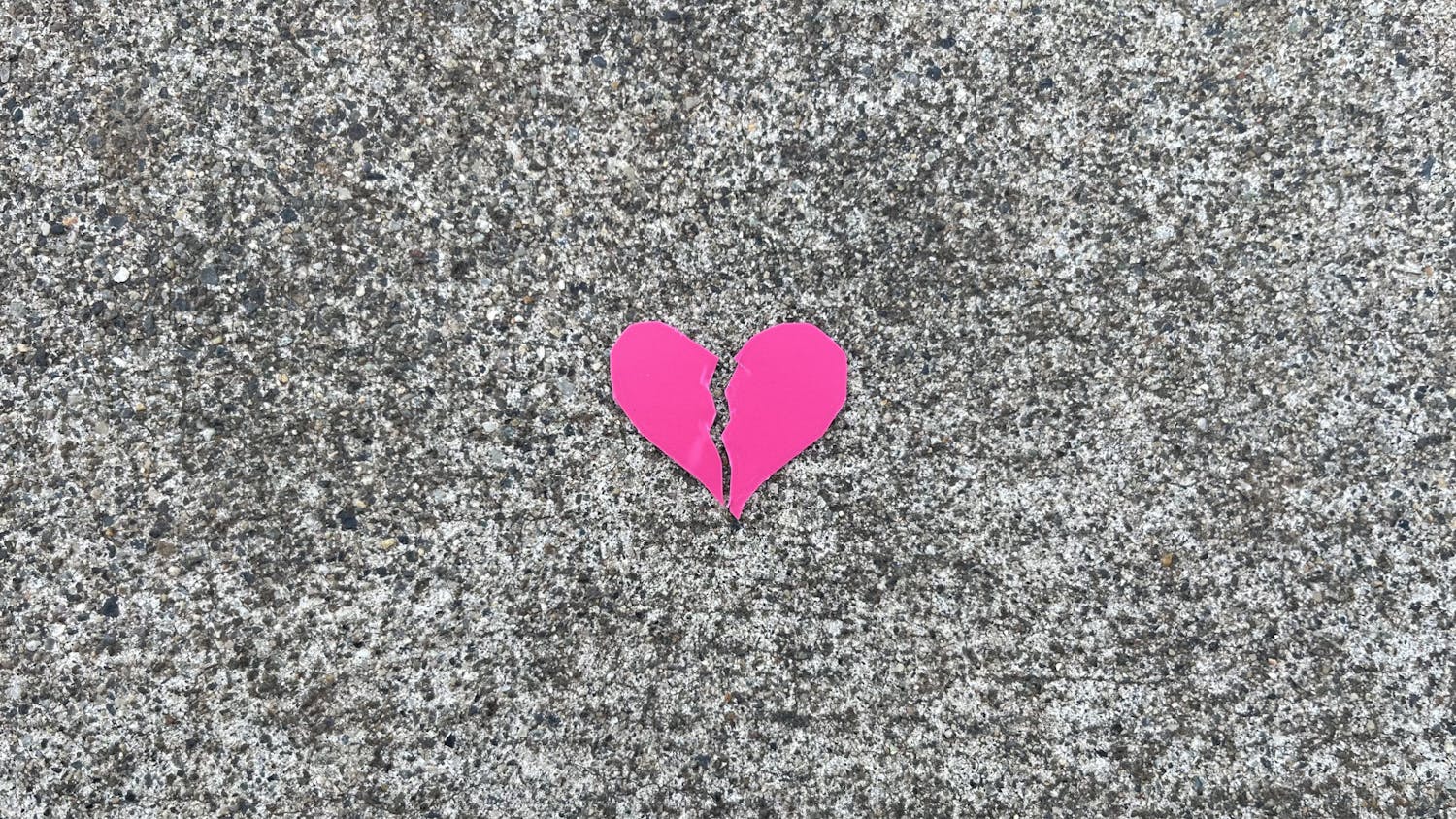If it wasn’t already apparent after the Ku Klux Klan recently made an appearance at the South Carolina statehouse, racism and hatred in the United States still exists. Whether it’s as apparent as the KKK was on July 19, or it’s disguised as a political statement by the one and only Donald Trump, racism is racism.
In the most recent case of Sandra Bland, a 28-year-old African-American woman who was arrested for allegedly assaulting an officer after failing to signal a lane change and subsequently found dead in her jail cell, institutionalized racism has never been more apparent. We’re not going to make assumptions on the cause of death, but instead ask a question: would the arresting officer, Brian Encinia, have been so aggressive and hostile over an infraction as small as a failure to signal if Bland was white?
Bland’s arrest was fortunately captured on video by both a police car dashboard camera and a bystander who was filming the incident. Bland’s refusal to put out her cigarette – which are legal to smoke in one’s own car – leads to Encinia attempting to force her out of the car and eventually threatening her with a taser. This sudden escalation is hard to imagine happening if Bland had been upper-class or white, and even more so if she had been an upper-class white man.
The institutionalized racism displayed in the Bland arrest video is nothing new in Hempstead, Texas, a town with a long history of racial tension, where African-Americans are largely a minority. Most recently, voter intimidation and voting-rights complaints have been made public from students at Prairie View A&M University, the same university that Sandra Bland attended prior to her death. The issue here is that these problems aren’t going away. From the death of Eric Garner in Staten Island, New York, to the largely publicized death of Michael Brown in Ferguson, Missouri, the deaths of African-Americans at the hands of police officers are becoming far too common of an occurrence.
The overall response to the publicity behind deaths like Michael Brown has prompted legislation to push for police officer body-worn cameras in an attempt to better identify wrongful deaths when they happen. While a camera can capture what is happening in the moment, it can also raise issues of privacy and transparency. Will police departments share the footage captured on the body cameras and will these cameras actually prevent police from using excessive force?
Whether or not these cameras are actually effective, they don’t provide a solution for the real problem of racial profiling stemming from institutionalized racism that have been lurking in the shadows for years. After legalized discrimination and segregation were, for the most part, struck down during the Civil Rights Movement, racism evolved to become more systemic while still being just as oppressive. Bland’s case represents just this, as do the many other cases involving police brutality and racial profiling throughout the last few years. Institutionalized racism is hard to combat because it has no clear target, but it’s long past time for people of all races, ethnicities, backgrounds and social classes to fight against this system of injustice.
The editorial board is composed of Miles Barnes, Stephanie Villiers and Alexandra Bartick.





